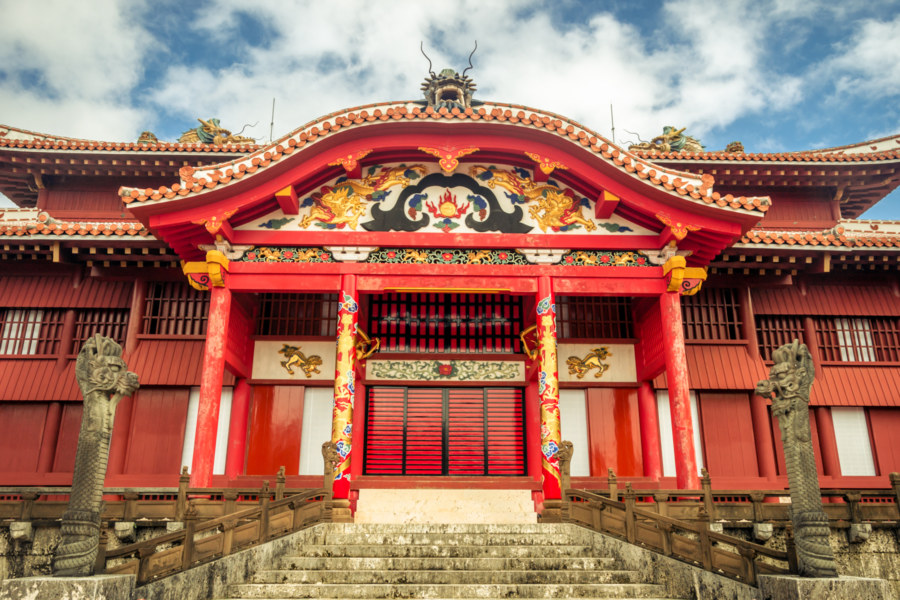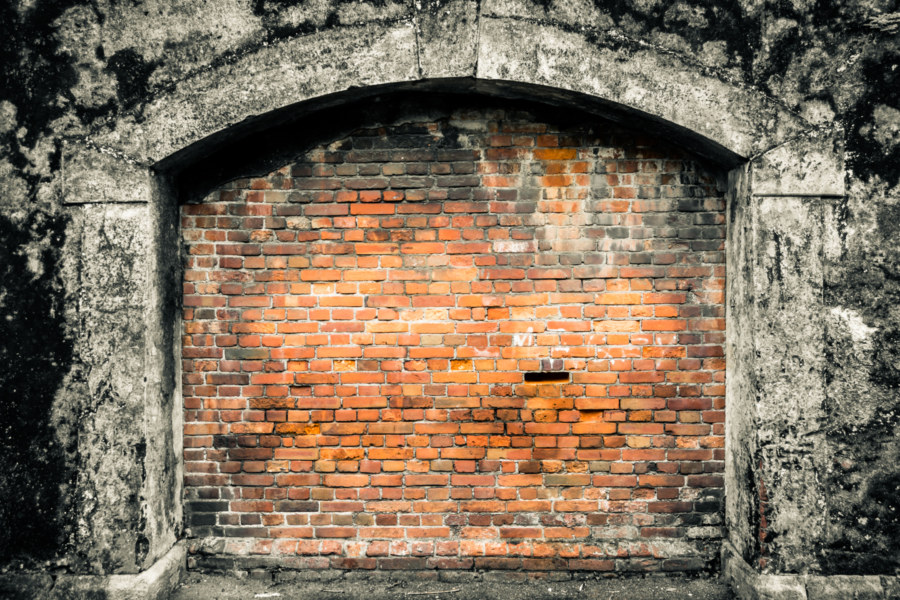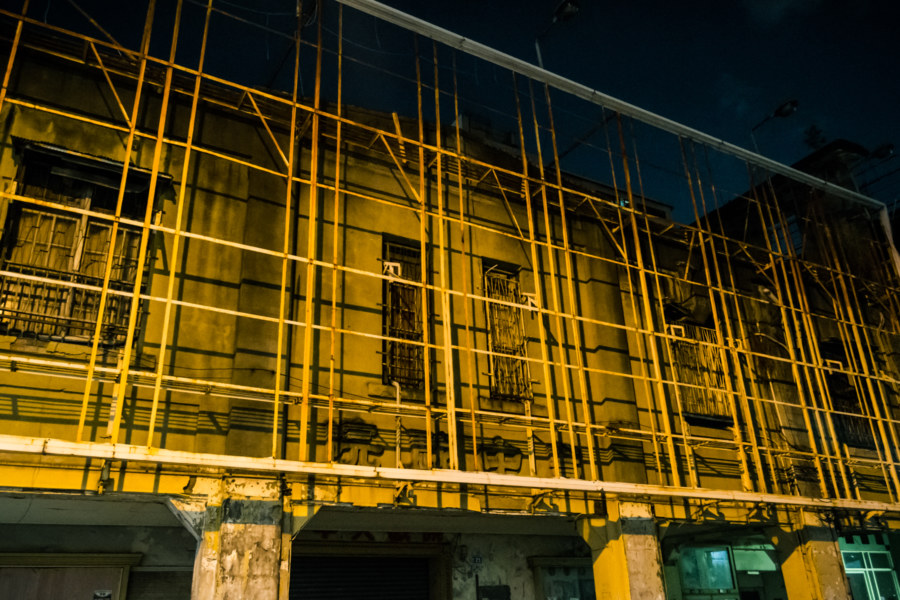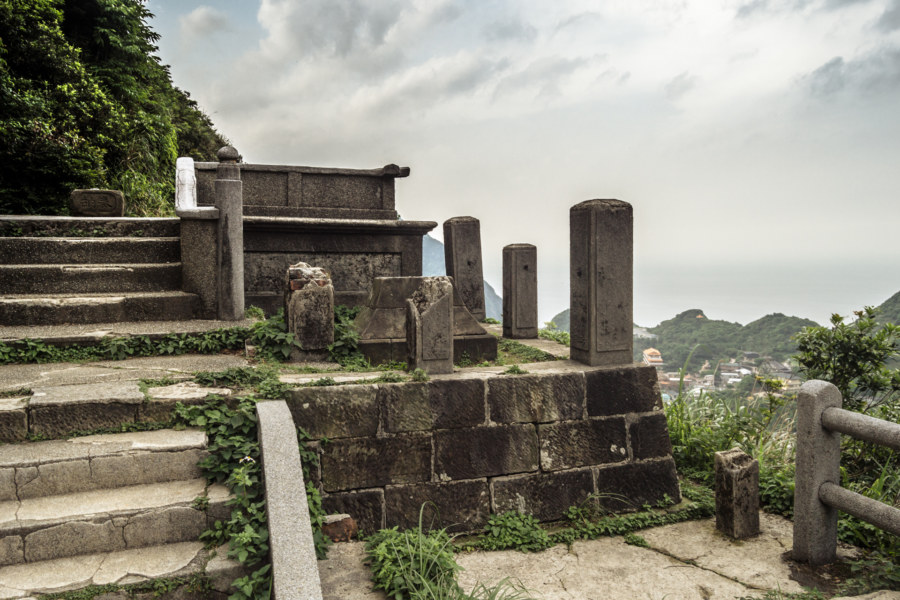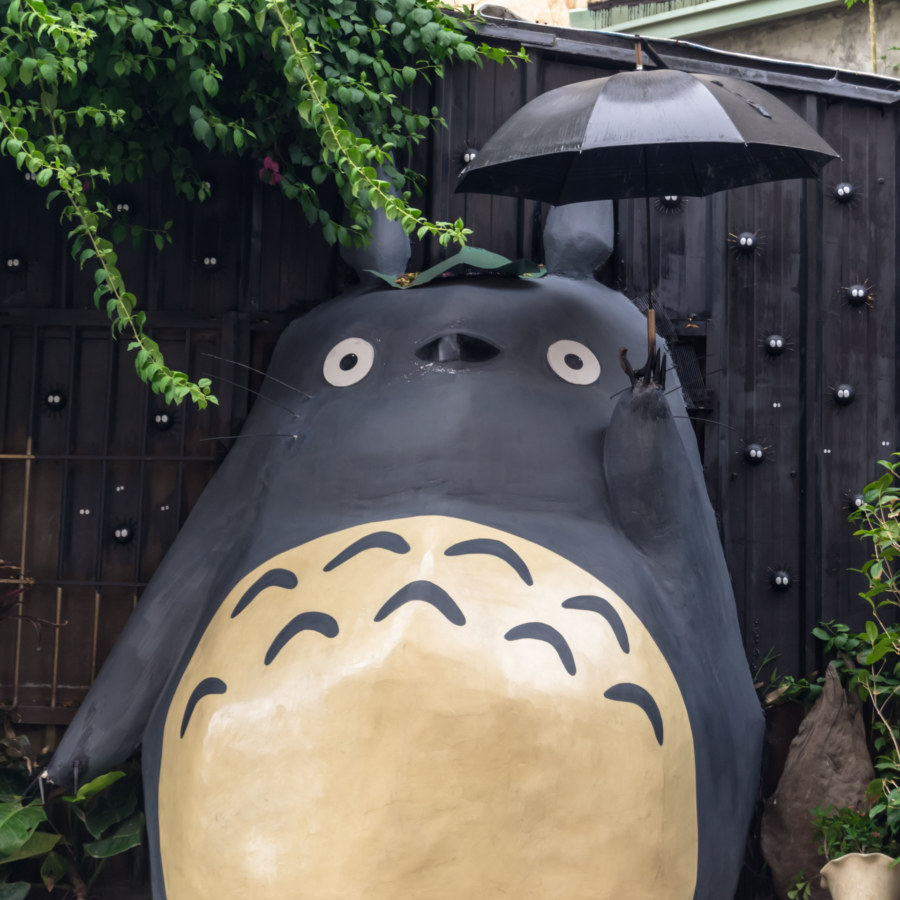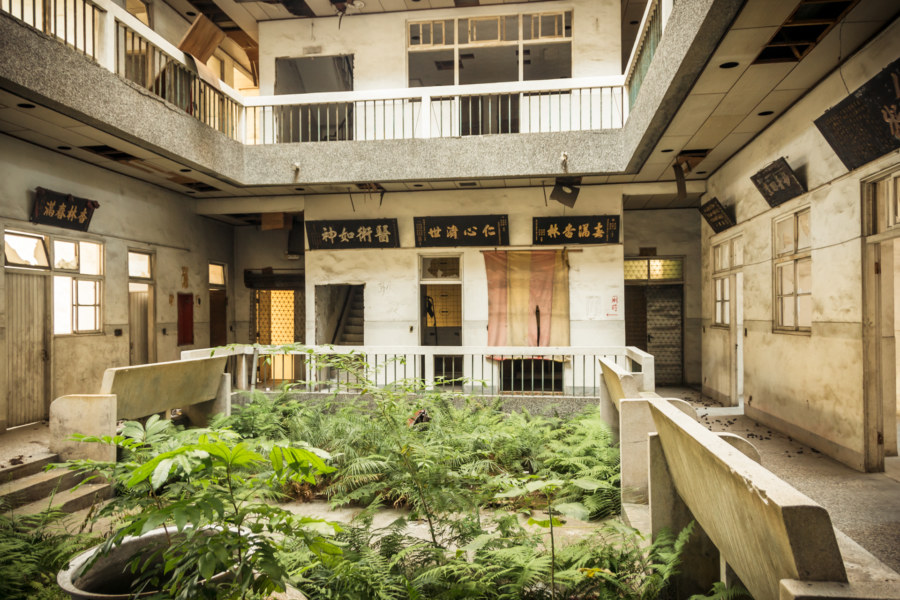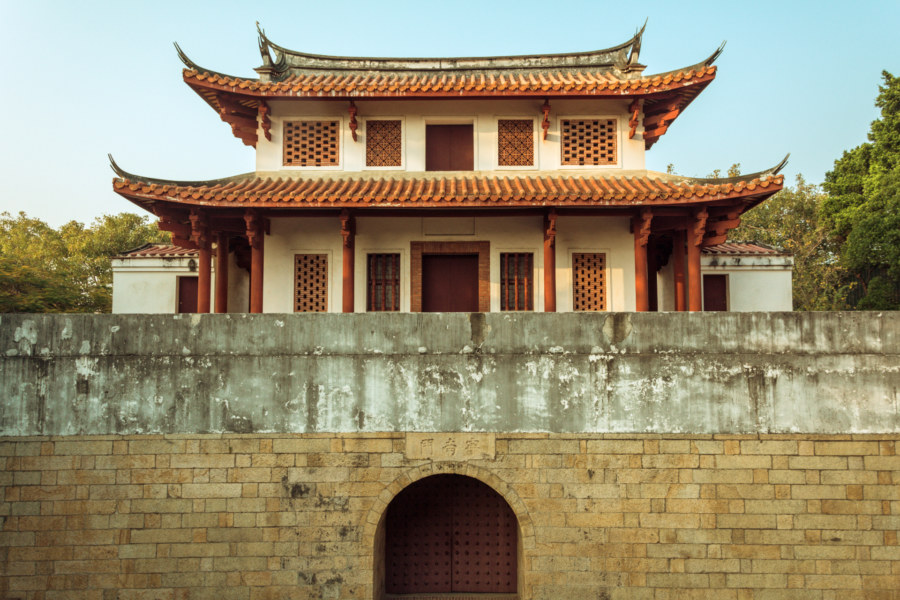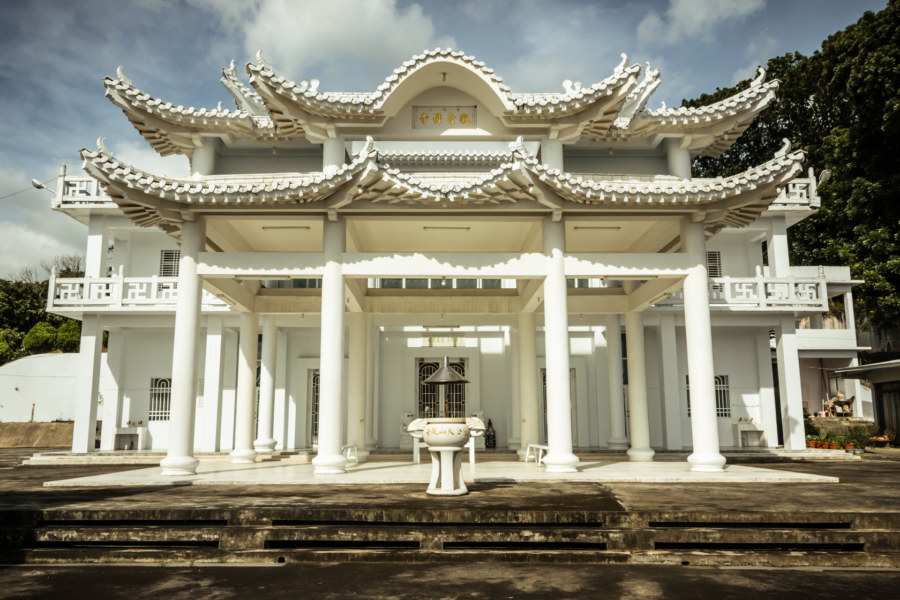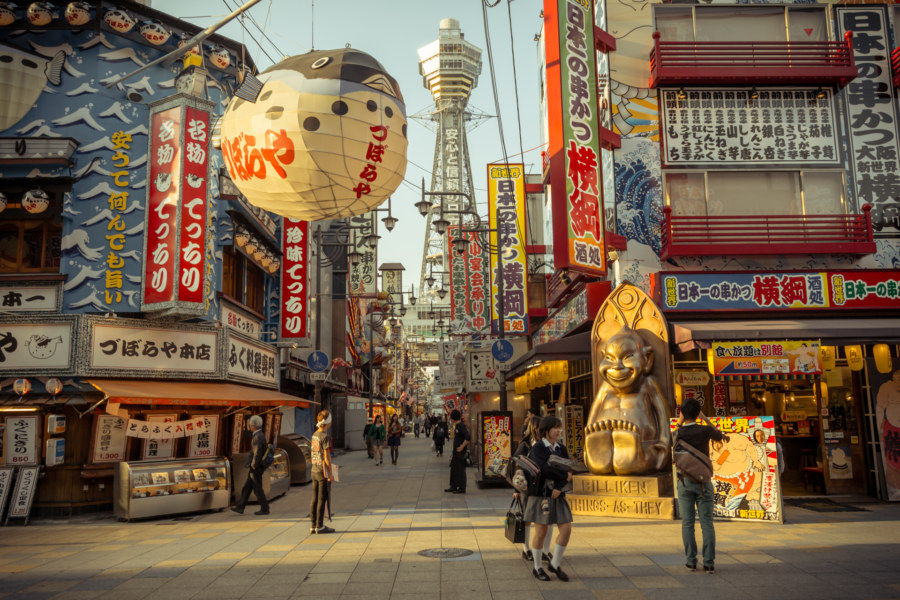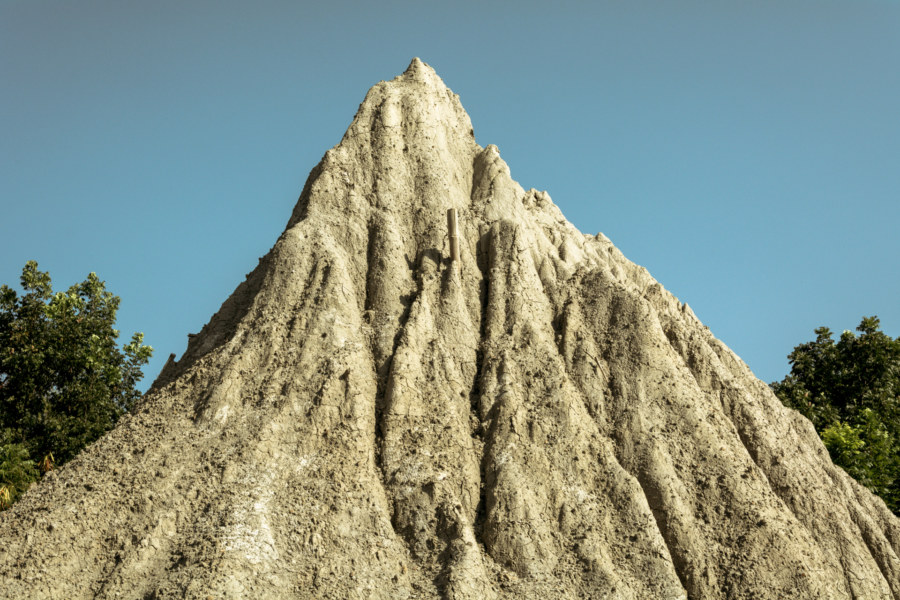I visited Okinawa in November 2013 on one of my first side trips from Taiwan. Gathered here are some of my photographs from a brief tour of Shuri Castle 首里城, also known as Shuri-jō, a historic Ryūkyūan gusuku built on a hilltop in Naha around 650 years ago. Almost nothing seen here is original—the castle and almost everything around it was destroyed in the Battle of Okinawa and reconstructed from historic records between 1952–1992.
Geosophy is "the study of the world as people conceive of and imagine it". A lot of what I share is based on my subjective experiences of the places I go. Anything found here is experiential geography concerned with a specific place, a fundamentally flawed mapping of the world as seen through my eyes (and camera lens). See also: regions.
Adjacent Terms
The Remains of Taipei Prison 臺北監獄圍牆遺蹟
Not much remains of the old Taipei Prison (台北刑務所) except the walls along the north and south sides of the prison grounds. Originally known as Taihoku Prison (after the Japanese name for Taipei), it was built in 1904 to incarcerate a burgeoning population of political dissidents, revolutionaries, and activists resisting Japanese colonial rule, though the authorities also imprisoned common criminals here as well. It was also the scene of the needless execution of 14 American soldiers a mere 58 days before the end of World War II. The KMT continued to operate the prison into the bleak years of the White Terror (白色恐怖) before razing it to the ground in 1963.
Fengzhong Theater 豐中戲院
Fēngzhōng Theater 豐中戲院 is one of many abandoned theaters in downtown Taichung. Located a stone’s throw away from Taichung Station, this theater was originally the Taiwan Opera Theater 台灣歌劇戲院, a performance venue founded at the very end of Japanese colonial rule in 1944. According to this source the name was changed to Fengzhong Theater when it was converted for use as a cinema in 1953. It was in continuous operation until 2004 when it was closed and finally abandoned.
Ogon Shrine 黄金神社
The Ōgon Shrine 黄金神社 (also known as the Gold Temple) is an abandoned Shinto shrine in the mountains above Jīnguāshí 金瓜石, an old gold mining town in Ruifang, Taiwan. Built in 1933 by the Nippon Mining Company while Taiwan was under Japanese rule, it was mostly destroyed in the post-war era by vandals. Even so, it’s in better shape than almost every other Shinto shrine in Taiwan apart from the Taoyuan Martyrs’ Shrine 桃園忠烈祠 and Kagi Shrine 嘉義神社 in Chiayi City. The incoming KMT government went to great lengths to expunge the island of Japanese influences.
Totoro Bus Stop in Taichung
Taiwan loves Totoro, the iconic star of Miyazaki’s animated classic My Neighbor Totoro. Known locally to Chinese speakers as Duōduōlóng 多多龍 (or 豆豆龍) and—my favourite—Lóngmāo 龍貓 (literally “dragon cat”), Totoro recently appeared on the streets of Taichung alongside Chibi and Chu Totoro, numerous makkuro kurosuke (soot sprites) and No-Face (who appeared in Spirited Away). These life-sized, fan-made sculptures have drawn so much interest that the site even appears on Google Maps as Dàlǐ Totoro Bus Stop 大里龍貓公車站.
Xinglin General Hospital 杏林綜合醫院
Xìnglín General Hospital 杏林綜合醫院 is perhaps the most famous ruin in downtown Tainan, Taiwan. It opened for business in 1975 as the largest hospital in the city and catered to the burgeoning middle class during the boom times of the Taiwan Economic Miracle. In 1993 the hospital shut down after being plagued by a number of scandals involving fraudulent records, medical malpractice, and allegations of wrongful death. Ongoing legal battles and fragmented ownership have left the building abandoned and neglected since then.
The Great Southern Gate of Tainan 臺灣府城大南門
Nanmen, Tainan’s great southern gate.
Dànánmén 大南門, also known as Níngnánmén 寧南門, is one of two great gates remaining in Tainan, the most historic city in Taiwan. Built in 1725, it has been renovated several times but maintains its classical charm. Nowadays it can be found in a gorgeous park just south of the Confucius Temple on Nánmén Road 大南路. The gate itself is surrounded by a secondary fortification, a barbican or wèngchéng 瓮城, which provides additional defensive capabilities. As usual, Tainan City Guide has an excellent write-up about this historic landmark.…
Putuoshan White Temple 普陀山白衣道場
Pǔtuóshān White Temple (普陀山白衣道場) is one of the more unusual temples I have visited in Taiwan. Named after Putuoshan, one of the holy mountains of Chinese Buddhism, and dedicated to the worship of Guanyin (觀音), goddess of mercy, it appears to have been built in 2004. Apart from these basic details it seems like very little is known about this mysterious temple.
Nishinari and The Way Things Ought To Be
Nishinari is widely reputed to be the most run-down, crime-ridden, and dangerous part of Osaka—and about as close to a slum as you are likely to find anywhere in Japan. This may explain the preponderance of cheap backpacker accommodation in Shinimamiya, the area just south of Shinsekai 新世界 (literally “New World”), where I stayed for a single night last May before returning to Taiwan. Although I only had a few hours to work with I couldn’t resist wandering around Nishinari to see just how bad it was. I figured it couldn’t be any worse than the Downtown Eastside, the festering carbuncle of Vancouver, which I had wandered through on many occasions.
Wushanding Mud Volcano 烏山頂泥火山
Wūshāndǐng Mud Volcano (烏山頂泥火山) is a modest geological curiosity in the hilly badlands of Yanchao, Kaohsiung. It is the largest and most impressive mud volcano field in Taiwan. I first heard about the place through this excellent article by Richard Saunders, who also published an illuminating article about mud volcanoes in the China Post.
